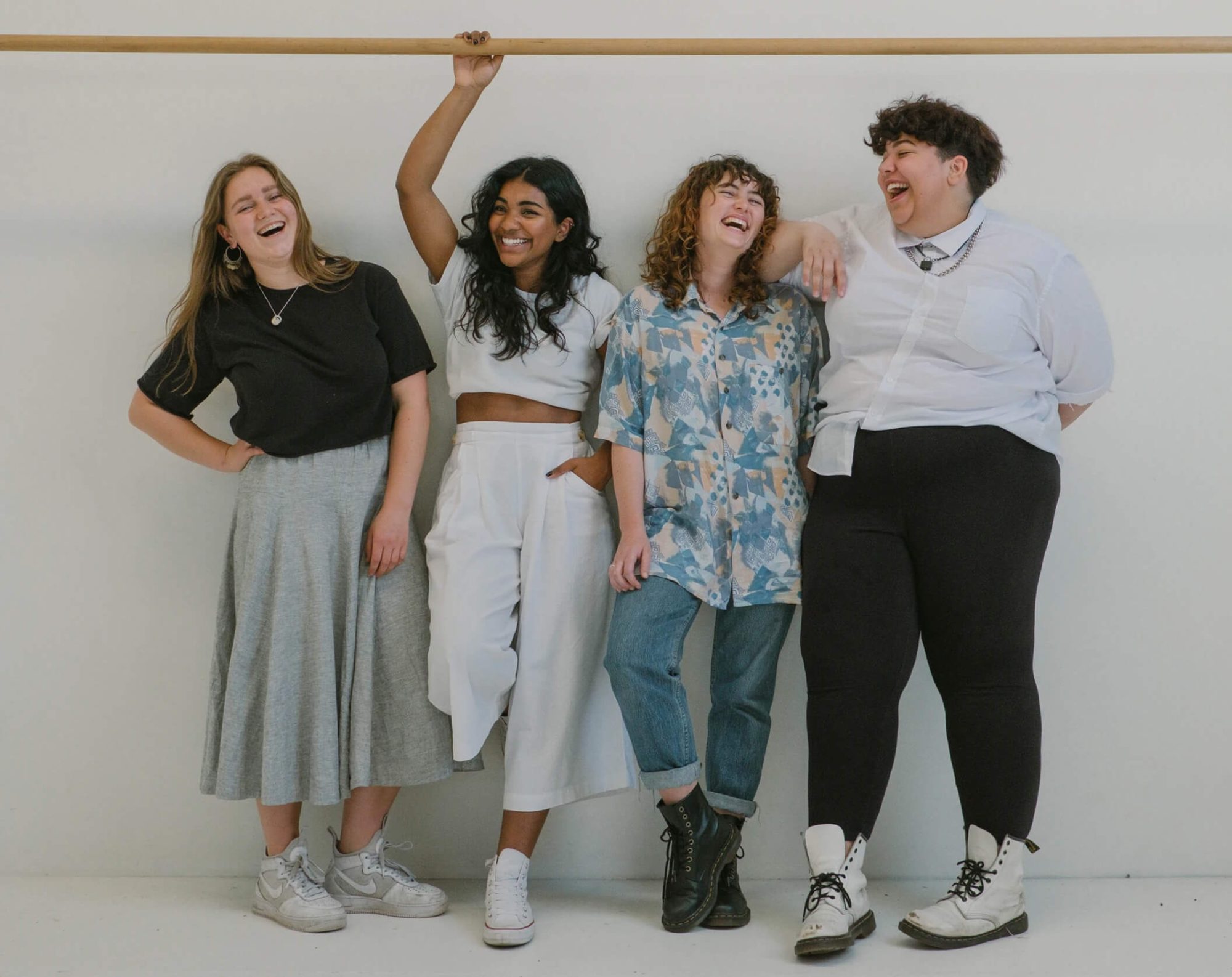

Body Image vs. Beauty Standards
As a female, being compared to other women on social media causes the stress of thinking that all women have to have this perfect curvature, no makeup, and “perfect”. Over the course of time, women have been compared to each other, and just through social media, but in society as well. When walking through the streets while people are telling you that you’re not good enough nor fit for the world. This pressures women to change their appearance for society’s needs and pleasures, which can lead them to becoming mentally unstable and lose themselves in the process.
What is the Point of Beauty Standards?
Why categorize girls based on what they look like? Yes, women come in different shapes, structures, and colors. Even though we look different, in a way we are the same: we’ve all had the struggle of society constantly judging you based on what you look like and how you are perceived on social media. Yet this has happened over the years, before social media:
- Pre-20th century – ideal female body was voluptuous, rounded belly, full breasts and hips
- 1920’s – the tail end of the first wave of feminism, women wanting to break with conventional norms bound their chests to get the skinny, curveless body shape that was all the age
- 1940’s-50’s – the ideal female body was a glamorous housewife with an hourglass figure
- 1960’s-70’s – the second wave of feminism brought back the thin, androgynous body beauty ideal
- 1980’s – the era of Jane Fonda, Jazzercise and the powerful career woman who was slim but strong
- 1990’s – the beauty ideal was a grunge aesthetic, ‘waif’ look, with women who were thin, pale and young-looking. Big breasts started to be popular, and breast augmentation rates in the US skyrocketed.
- 2000’s – today, the beauty ideal is similar to the 1990s but has gotten even more unattainable. We idealize bodies that are thin with big breasts and also but also a large butt and muscle definition.
Throughout the years, women have always been seen to have big breasts, an hourglass figure, and a full butt when all women don’t look the same, and that’s okay! Not all women have big breasts, an hourglass figure, and a full butt, some have more meat on their bones than others or have a smaller butt and breasts than others. Own the body that you have. Social media isn’t made to insult who you are by comparing you to other girls or make you feel that you need to change yourself for society, but to guide you to be this confident, gorgeous woman that you are set out to be.
Why Have a Specific Image?
What is the point for society to make you this perfect woman? What is a perfect woman? Who is a perfect woman? There is no such thing! There is no need to hide the wrinkles, the arm hair, leg hair. Keep your leg hair if you want! If someone tries to stop you, take that toxicity out of your life and throw it in the trash because that is not true. Throughout the years some women didn’t care what others thought:
- Underarm hair: Women never thought of removing their armpit hair until 1915, when a group of companies selling hair-removal cream launched a four-year ad campaign to convince women that smooth underarms were the latest fashion must-have.
- Leg Hair: Up until the1930’s, most women didn’t shave their legs, or did so only sporadically. Then came the rise of pin-up girls, and legs became an object of male admiration. Advertisers rushed to position hair-free legs as an essential, and grow their customer base by convincing women that they needed to shave their legs.
- Cellulite: Dimples and bumps were considered a normal part of female flesh prior to 1973. That was the year when Vogue magazine introduced readers to the word – and thus it became another beauty standard to try to achieve.
- Manicures: These were not standard until Cutex, the first nail polish/cuticle remover company, ran ad campaigns that told women that they needed manicures in order to achieve a positive social standing. The ads said: “Embarrassed fingers that shrink from scrutiny…or charming fingers that seek the light”
- Gray hair: Most women didn’t dye their hair until the 1940s, when Clairol (a hair dye company) ran ads that told women that their greys caused them to be “old” and “not fun”.
- Shiny white teeth: Watch any tv show or movie from the 90’s or earlier and you’ll see that everyone’s teeth were the normal bone-white color. The mid-90’s brought in-office teeth whitening products to the dentist’s office, and they advertised shiny, bright white teeth as the new must-have.
- Wrinkles: Before botox and fillers, fine lines on the forehead, around the eyes, and indents around the mouth were considered normal.
In the society of men, toxic masculinity can affect women into being this perfect Barbie so that all the men could be happy with this hairless, big boob, hourglass figure, which causes girls to change themself for a man won’t care enough about them that they will probably leave her for another to repeat the same cycle all over again. Now I am not saying that you can’t get botox, or have plastic surgery, or not shave, my point is appreciate yourself and do what makes YOU happy, not if it makes others happy. Do you because society’s opinions don’t matter.

Image by Gemma Chua-Tran from Unsplash
Does Body Image/Beauty Standards Matter?
In conclusion, society doesn’t determine how you rule your life, only you can. You don’t have to be seen as this perfect Barbie doll, you can be a tomboy, Bratz doll, a fairy, or even a superhero. There is no need for society to tell you what sits right with the world or themselves. Men don’t control how you dress or how much hair is on your body, you do what makes you happy and comfortable. Never let anyone tell you what is right or wrong because whatever you do is perfect!
